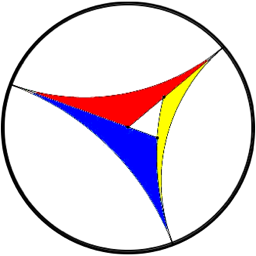
In high-stakes business decisions, acting on "the right answer" isn't enough - understanding how that answer was derived is what enables adaptable, resilient decisions. Too often, leaders are forced to make decisions and execute plans built on incomplete or oversimplified assumptions.
Illuminance Thought Leader is an adaptive modeling environment for strategy-critical thinking. It enables users to move beyond static spreadsheets to visualize and test the chain of business drivers and see how decisions impact complex scenarios. Interactive knowledge graphs allow examination of second- and higher-order effects and empower team communication.
Built for consultants, enterprise architects, and innovation leaders navigating daily ambiguity, Illuminance enables confident, evidence-based alignment. In the coming sessions, you’ll see how living models support rapid scenario planning, make relationships explicit, and transform the way an organization moves from information to action.
The core of Illuminance is the knowledge model. These models are represented by entities and their relationships to one another. Both entities and relationships may be imbued with additional information to capture detail and nuance.
As the saying goes, "all models are wrong; some models are useful." The best a model can ever be is a proxy for a real-world circumstance and context. It will always be wrong for the same reason that statistics are: it is meant to be a shortcut. It can be useful when the aspects of the real-world captured by the model are both accurate and those on which the user needs to understand.
AI model metrics tend to focus on the "accuracy" of the model and assume that we know how to measure that accuracy in a meaningful way. Illuminance models are intended to allow users to explore how a model works, see the impact of changes and iterate the model as that understanding develops.
At its core, an Illuminance model consists of entities that represent "who" or "what," connected by relationships that represent "why" or "how", both of which can contain metadata that can quantify aspects of those core attributes, including "when" and "where."